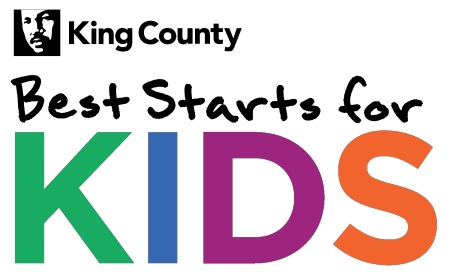To improve community conditions in health and well-being by investing in geographic places and cultural communities, COO investments will support partnerships and coalitions rooted in community (geographic and cultural communities) that are building community power and implementing strategies for structural change and improved community conditions. Community Partnerships must have shared ideas and priorities, a shared understanding, vision, and set of actions, that will focus on the root causes of inequities, and implement strategies that contribute to better community health, safe and affordable housing, economic opportunity, and strong community connections.
|
||||||||||||||||||||||||||||||||||||||||||||||||||||||||||
Application ID: -1
